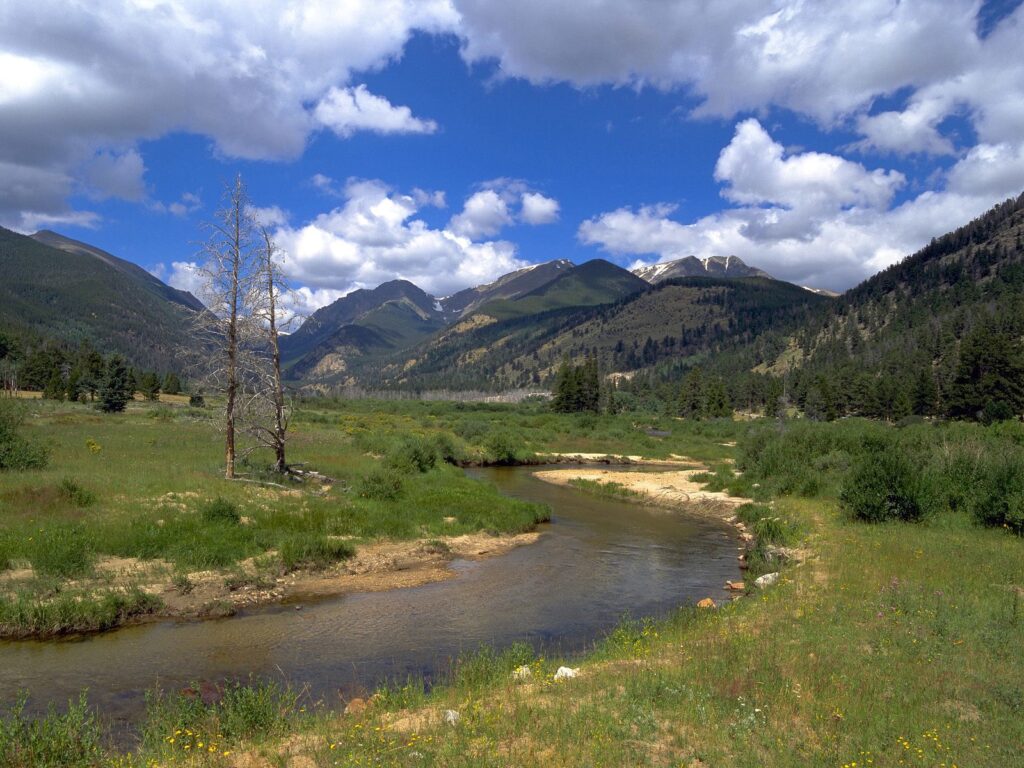Federal land management officials are overstepping their authority by imposing unjustified land-use restrictions in the name of protecting sage grouse populations, members of five Colorado county commissions and two Colorado conservation districts agued in a letter to the federal Bureau of Land Management (BLM).
Officials from Garfield, Jackson, Moffat, Rio Blanco, and Routt counties, plus officials with the Douglas Creek and White River conservation districts, wrote the letter asking federal officials to ease land-use restrictions and seek more input from local residents and elected officials. The local officials say federal land managers are disrupting a balanced approach designed to advance the dual interests of environmental protection and citizen access to public lands.
“Although we plan to continue participating in the process, we are deeply concerned the process does not accommodate the mandates that BLM consider the views of local governments,” the local officials wrote. “It is apparent that BLM is bound by parameters that reflect advance decisions by BLM on the preferred alternative while not addressing the scientific controversies regarding the status of sage grouse populations. These parameters are also not consistent with the needs within our respective communities.”
BLM Pursues National Strategy
BLM is developing a national strategy to manage sage grouse across 47 million acres in 11 Western states. Scientists disagree on whether sage grouse need special protection, but BLM is moving forward with its plans, nonetheless.
The national strategy jeopardizes energy production in some of the most energy-abundant lands in the United States. Analysts predict an aggressive sage grouse national strategy could eliminate more than 22,000 oil and natural gas production jobs that annually generate nearly $5 billion in economic activity in Colorado. The state’s agriculture and ranching sectors would also suffer under aggressive sage grouse protections.
Ulterior Motives
Many Colorado residents feel BLM is merely using sage grouse as an excuse to impose tighter restrictions on how local residents can use the land.
“Basically, the federal government is scared to death of environmentalists who’ve finally found an animal they can use to shut down oil and gas drilling and agriculture in 11 Western states,” said Jackson County Commissioner Mike Blanton.
“Any plan to manage sage-grouse habitat that was under the purview of the BLM would be devastating economically to this county,” Blanton explained.
“The bottom line is we are not being listened to. We’ve been having meetings about this to find an alternative to federal control but they don’t listen. They’ve already made up their minds,” said Blanton.
Benefits of Local Management
Five local conservation groups in Colorado have already developed conservation plans for sage grouse, says Reed Watson, a research fellow at the Bozeman, Montana-based Property & Environment Research Center, but federal officials nevertheless seek increasing control over sage grouse populations and sage grouse lands.
“To the extent that we care not only about saving species but also about maintaining local economies and the existing uses of sage grouse habitats, management should remain local,” Watson observed. “Plain and simple, the locals in Colorado and other western states have more accurate knowledge of sage grouse and can make more balanced decisions about their management than the bureaucrats in Washington.”
“It is fairly unlikely that the concerns of the various local governments and associations will be paid any heed,” said Robert J. Smith, a distinguished fellow at the Competitive Enterprise Institute.
“If the federal Endangered Species Act didn’t have draconian enforcement, we could probably come up with a cooperative plan that would satisfy all partners. Unfortunately, no one is an equal partner with the feds; you’re generally marching to their orders,” said Smith.
“If environmental activists succeed in getting ESA protection for sage grouse, it would give them vast control of 11 states from Colorado to the Canadian border. I know these farmers and ranchers, and they’re good people and they’re willing to share their land with wildlife, but the power of the ESA is too broad and creates the wrong incentives,” Smith explained.
Kenneth Artz ([email protected]) writes from Dallas, Texas.





